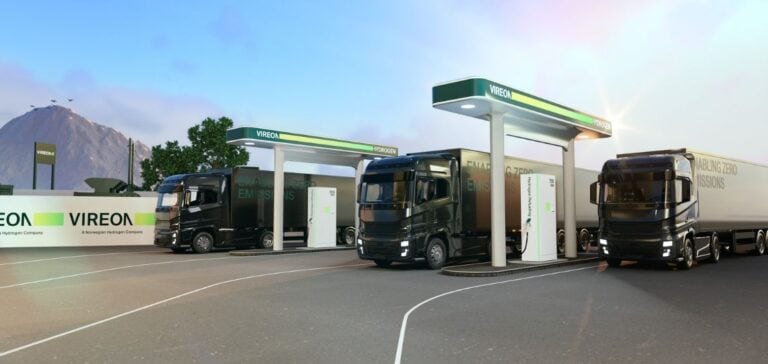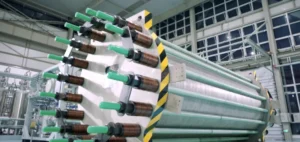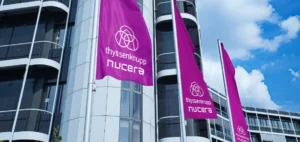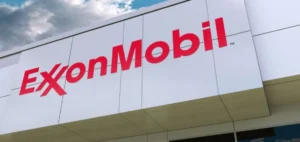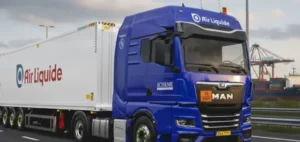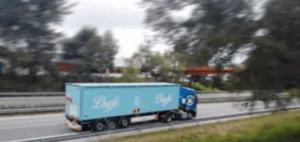With EU support, Vireon, a subsidiary of Norwegian Hydrogen, will build a 5 MW electrolyzer and a network of green hydrogen refueling stations, establishing a crucial corridor for zero-emission heavy-duty vehicles. The project will stretch from northern Finland through Sweden and Denmark to continental Europe.
Background and financing for Vireon
This is the second EU grant Norwegian Hydrogen has received in a short space of time. Earlier this year, Norwegian Hydrogen was awarded a €9 million grant by the Clean Hydrogen Partnership for the development of an integrated green hydrogen value chain at the Port of Hirtshals, Denmark. “I am deeply proud of our team’s double success in securing EU grants totaling NOK 210 million for our hydrogen projects,” said Jens Berge, CEO of Norwegian Hydrogen.
Ambitious project and network of stations
The ambitious project involves the construction and deployment of a 5 MW electrolyzer and a network of green hydrogen refueling stations stretching from northern Finland via Sweden and Denmark to continental Europe, establishing a vital corridor for zero-emission heavy-duty vehicles. The grant will enable the construction of a total of seven refueling stations in Finland and Denmark, ensuring widespread accessibility for passenger cars and heavy vehicles.
Station locations
In Finland, four stations will be built in Tornio, Liminka, Jyväskylä and the greater Helsinki area. In addition, three refueling stations will be set up in Denmark, located in North Jutland, Vejle and Padborg, as integral components of this transnational project.
“This is a huge step for Vireon. Several OEMs have confirmed that they will deliver hydrogen trucks from 2025, and Vireon is both willing and able to build the refueling stations needed to put these trucks on Nordic roads. I hope this news will encourage all Nordic transport companies interested in hydrogen mobility to contact us,” said Per Øyvind Voie, Managing Director of Vireon.


